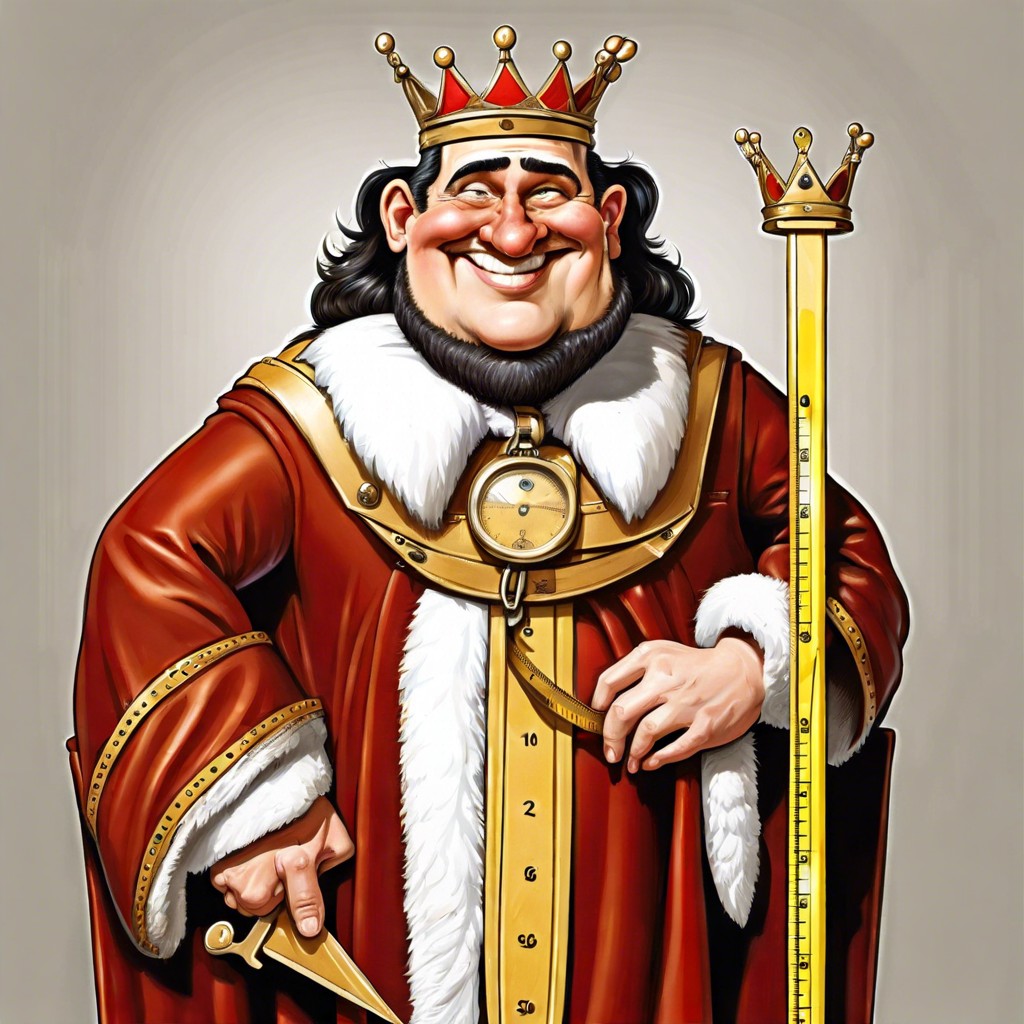This article provides a clear understanding of the physical size of 5mm by comparing it to common objects.
Key takeaways:
- A millimeter is one-thousandth of a meter and provides precision in measurements.
- Objects like a pencil or credit card are about 1mm and 0.76mm thick.
- 5mm is about four times thicker than a dime.
- 5mm is smaller than the width of a pea or the thickness of a pencil lead.
- 5mm is half the length of a centimeter.
Understanding Millimeters
Millimeters are a metric unit of measurement often used for small distances or dimensions. A millimeter equates to one-thousandth of a meter, providing precision useful in different fields such as engineering, manufacturing, and jewelry. This scale means that even minimal increments can be accurately measured, distinct from larger units like centimeters and meters.
For everyday reference, small common objects like a pencil’s diameter or the thickness of a credit card are about 1mm and 0.76mm respectively. Understanding this unit helps in comprehending dimensions in contexts where precision is crucial. Hence, grasping the size measurement of 5mm becomes simpler and more relatable in practical applications.
Direct Comparison of 5mm and a Dime
A dime, commonly found in your pocket change, measures about 1.35mm in thickness. Comparatively, 5mm is nearly four times thicker. Imagine stacking four dimes together; that stack roughly equates to 5mm. This analogy helps clarify the dimensions in a tangible form that’s easy to visualize. Understanding that 5mm is just a tad shorter than four stacked dimes provides a convenient reference point to gauge thickness or height in everyday situations.
Visual Representation
For a tangible grasp, picture this: if you were to look at a standard ruler, 5mm marks just a tiny notch above zero, barely a nudge! It’s smaller than the width of a pea. The thickness of a standard pencil’s lead is about 0.7mm to 2mm, making 5mm roughly two to seven times that width depending on the pencil. Another way to visualize 5mm is by considering it as half the length of a centimeter—tiny, yet significant in various precision-based tasks! This makes it easier to conceptualize the size without needing to dig out a ruler.




